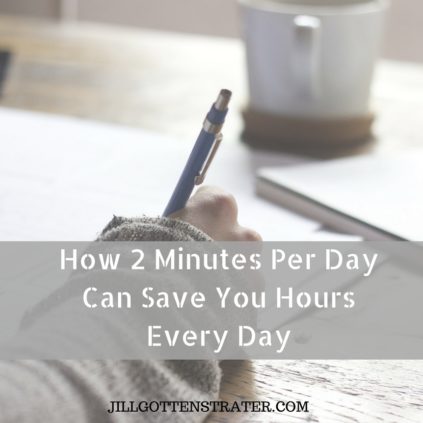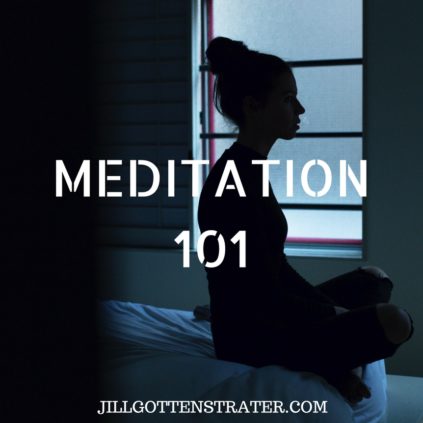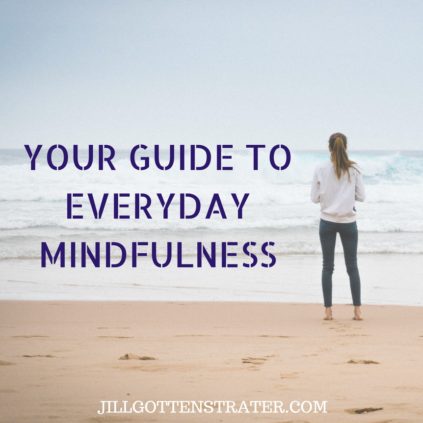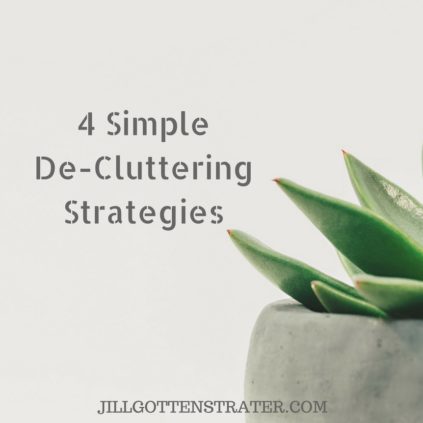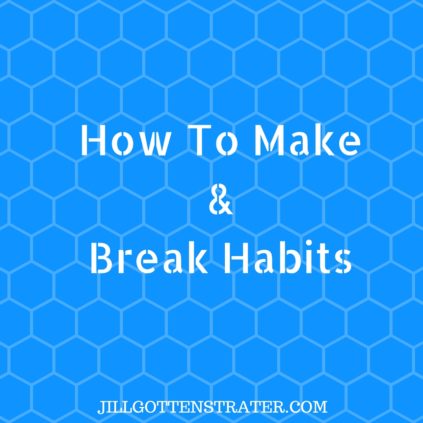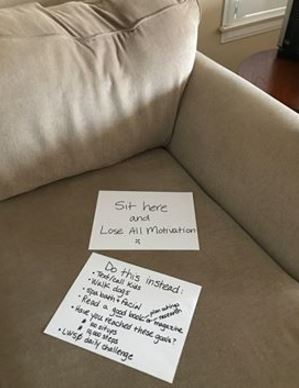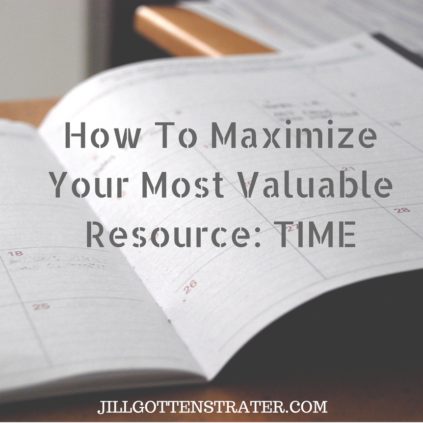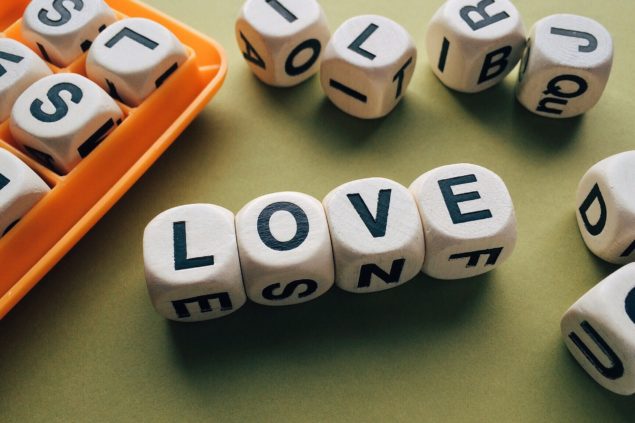https://www.jillgottenstrater.com/wp-content/uploads/2017/11/Intentional-Living-Series-10.jpg
862
862
Jill Gottenstrater
http://www.jillgottenstrater.com/wp-content/uploads/2016/02/JILL_GOTTENSTRATER_LOGO3.png
Jill Gottenstrater2017-11-11 06:13:122017-11-11 06:33:28This 2-Minute Focus Method Can Save You Hours Every Day
https://www.jillgottenstrater.com/wp-content/uploads/2017/10/Intentional-Living-Series-8.jpg
862
862
Jill Gottenstrater
http://www.jillgottenstrater.com/wp-content/uploads/2016/02/JILL_GOTTENSTRATER_LOGO3.png
Jill Gottenstrater2017-10-28 05:20:212017-10-28 05:23:24A Simple Technique to Overcome Overwhelm
https://www.jillgottenstrater.com/wp-content/uploads/2017/09/Intentional-Living-Series-4.jpg
862
862
Jill Gottenstrater
http://www.jillgottenstrater.com/wp-content/uploads/2016/02/JILL_GOTTENSTRATER_LOGO3.png
Jill Gottenstrater2017-09-16 01:01:412017-09-15 21:17:51Meditation 101
https://www.jillgottenstrater.com/wp-content/uploads/2017/09/Intentional-Living-Series-3.jpg
862
862
Jill Gottenstrater
http://www.jillgottenstrater.com/wp-content/uploads/2016/02/JILL_GOTTENSTRATER_LOGO3.png
Jill Gottenstrater2017-09-08 20:58:522017-09-08 21:32:54Your Guide To Everyday Mindfulness
https://www.jillgottenstrater.com/wp-content/uploads/2017/08/Intentional-Living-Series.jpg
862
862
Jill Gottenstrater
http://www.jillgottenstrater.com/wp-content/uploads/2016/02/JILL_GOTTENSTRATER_LOGO3.png
Jill Gottenstrater2017-08-12 07:34:402017-08-12 08:25:57How To Get Into The Flow State
https://www.jillgottenstrater.com/wp-content/uploads/2017/08/Core-Values-3.jpg
862
862
Jill Gottenstrater
http://www.jillgottenstrater.com/wp-content/uploads/2016/02/JILL_GOTTENSTRATER_LOGO3.png
Jill Gottenstrater2017-08-05 04:00:372017-08-04 21:01:024 Simple Decluttering Strategies That Will Rock Your World
https://www.jillgottenstrater.com/wp-content/uploads/2017/07/Core-Values-2.jpg
862
862
Jill Gottenstrater
http://www.jillgottenstrater.com/wp-content/uploads/2016/02/JILL_GOTTENSTRATER_LOGO3.png
Jill Gottenstrater2017-07-29 05:56:212017-07-29 06:38:02How to Create Good Habits and Break the Bad Ones
https://www.jillgottenstrater.com/wp-content/uploads/2017/07/Core-Values-1.jpg
862
862
Jill Gottenstrater
http://www.jillgottenstrater.com/wp-content/uploads/2016/02/JILL_GOTTENSTRATER_LOGO3.png
Jill Gottenstrater2017-07-22 07:42:312017-07-22 07:50:08How To Maximize Your Most Valuable Resource: Time
https://www.jillgottenstrater.com/wp-content/uploads/2017/07/Understanding-Living-Out-Your-Core-Values.jpg
862
862
Jill Gottenstrater
http://www.jillgottenstrater.com/wp-content/uploads/2016/02/JILL_GOTTENSTRATER_LOGO3.png
Jill Gottenstrater2017-07-08 06:45:282017-07-08 07:31:11Core Values: How to Understand and Live Them Out
https://www.jillgottenstrater.com/wp-content/uploads/2017/03/love-1945681_1920-e1488628319962.jpg
575
862
Jill Gottenstrater
http://www.jillgottenstrater.com/wp-content/uploads/2016/02/JILL_GOTTENSTRATER_LOGO3.png
Jill Gottenstrater2017-03-04 06:43:252017-03-04 06:59:135 Steps to Getting The Most Out of Your Word for The Year
Scroll to top

